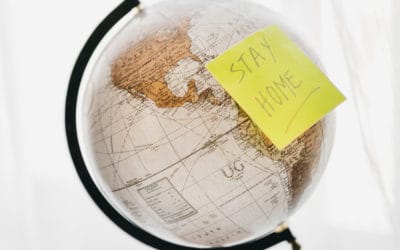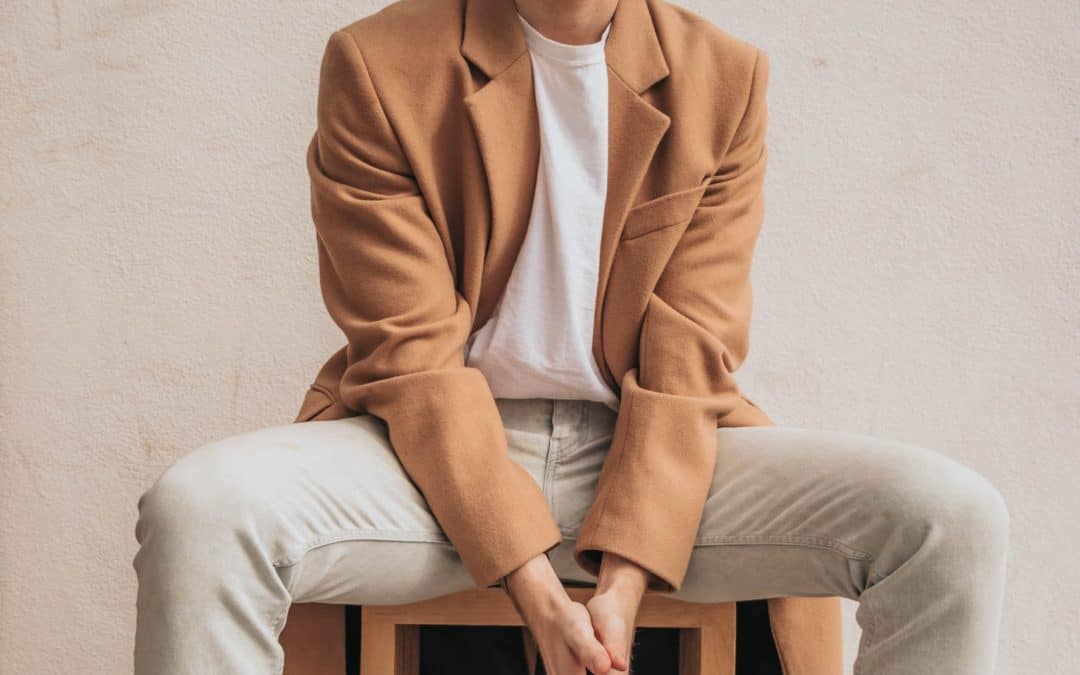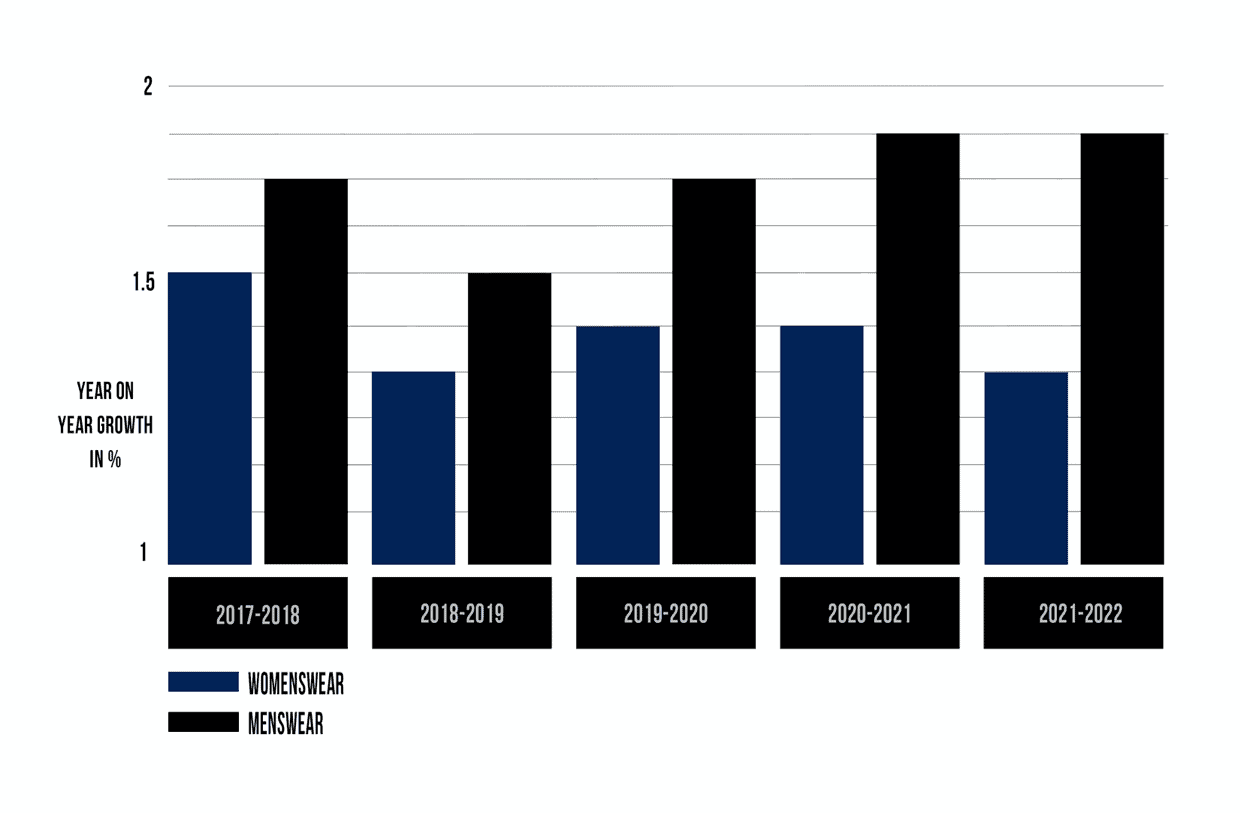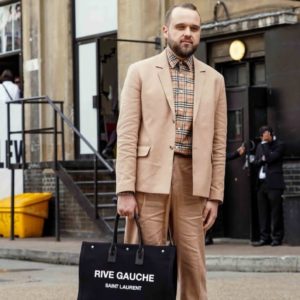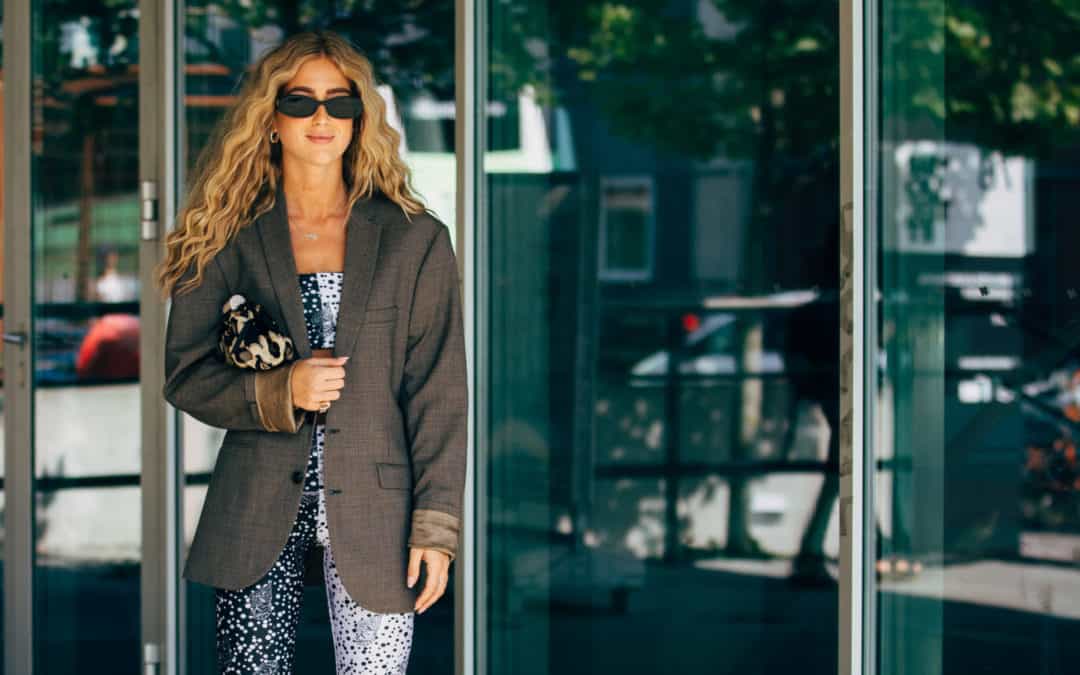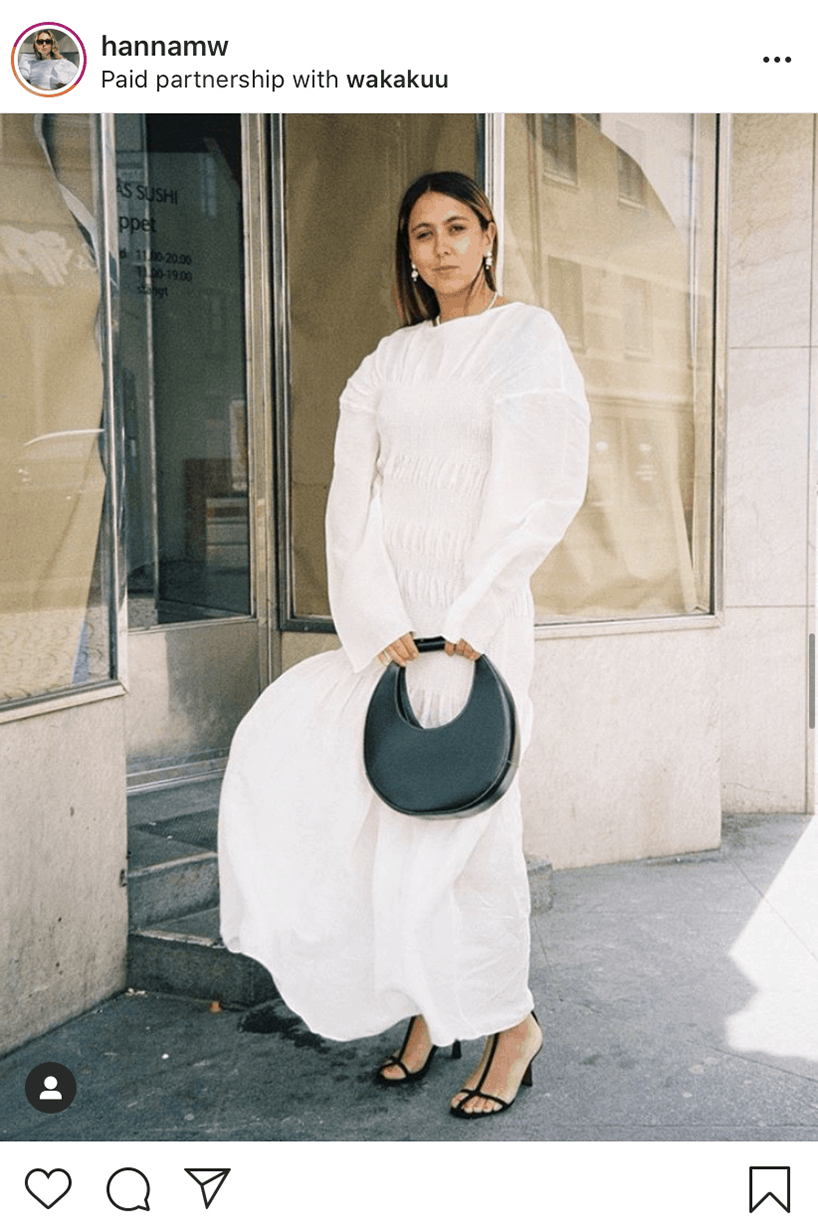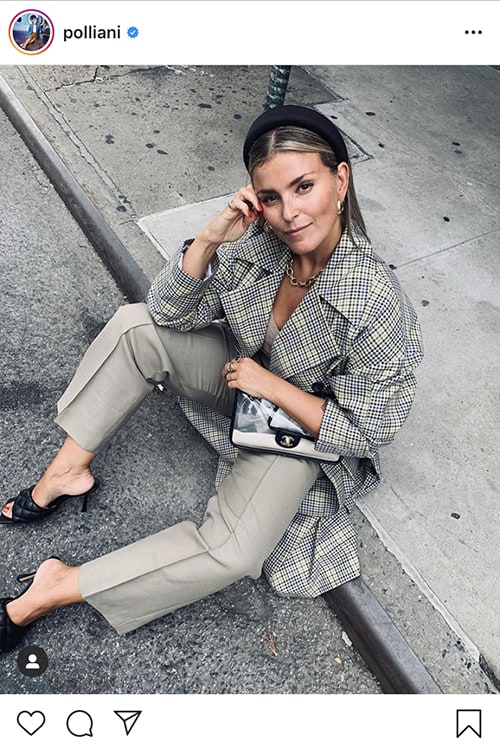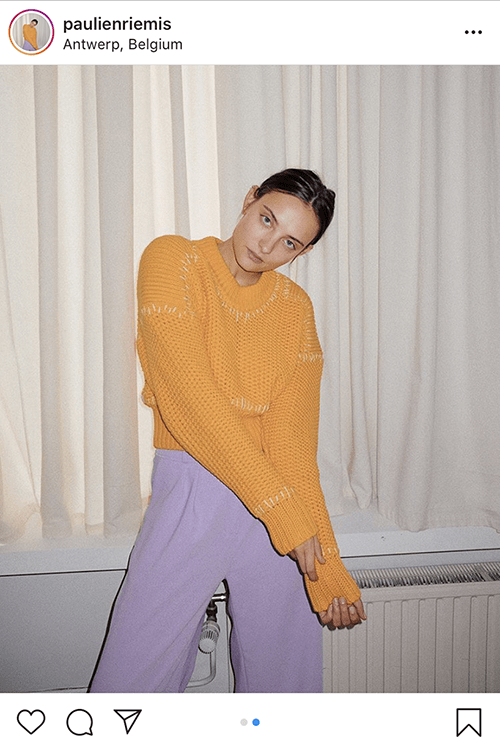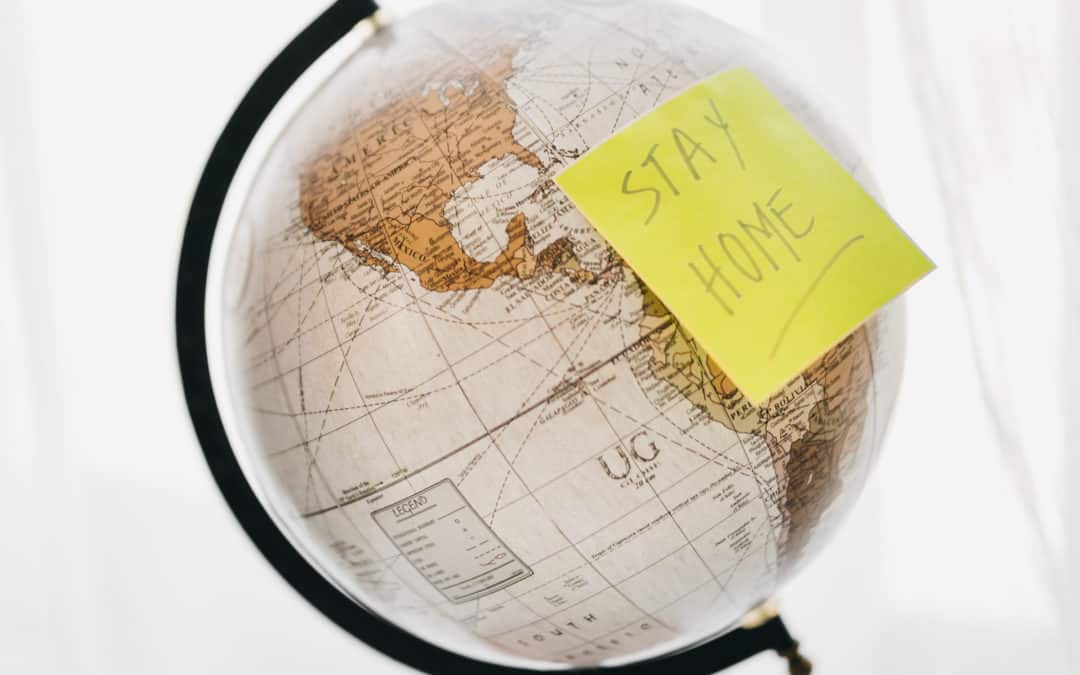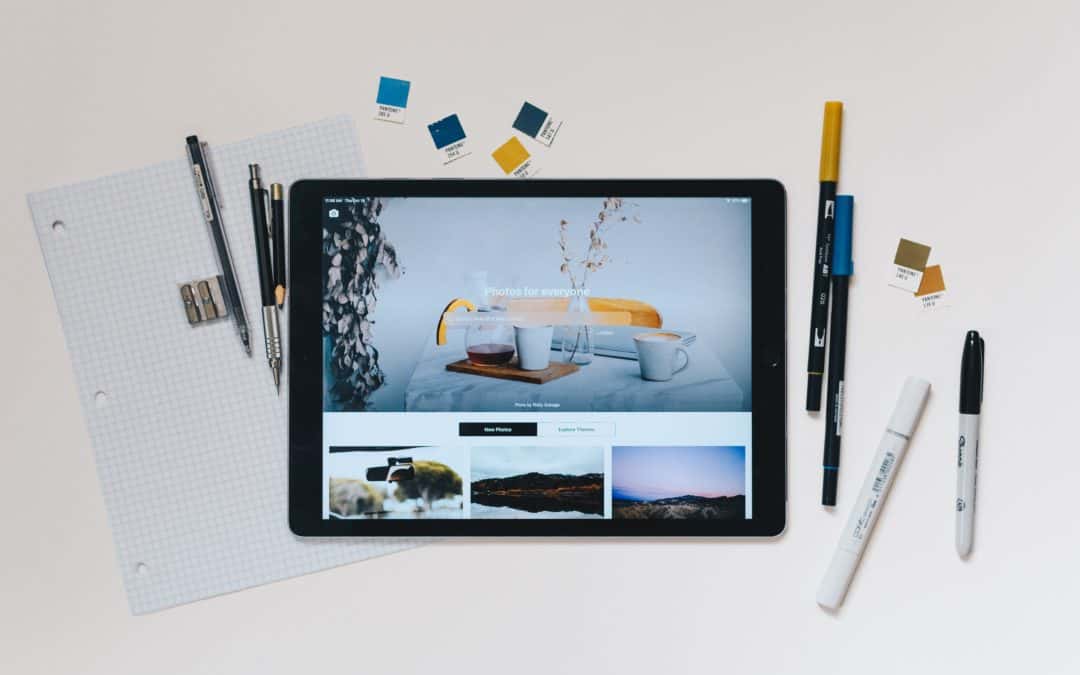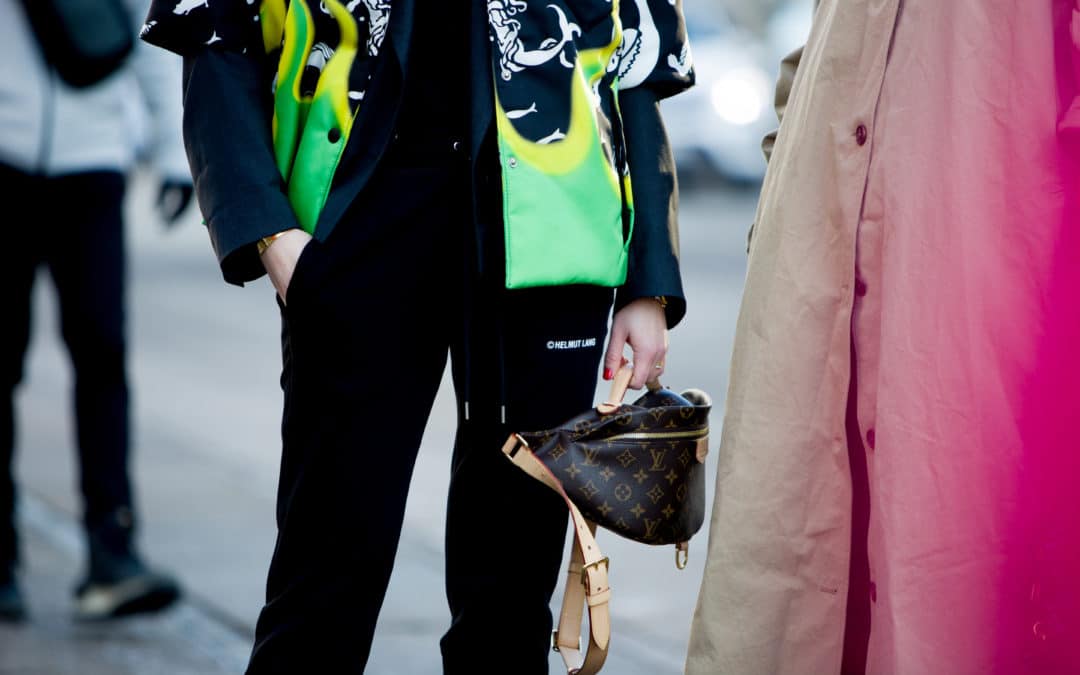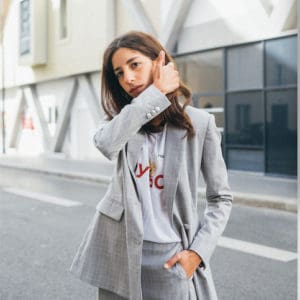Entrepreneurs with a large following on both their business and personal accounts are excellent brand ambassadors. Their business savvy outlook influences the market, as they create new products that consumers are looking for. Moreover, their followers are loyal to...
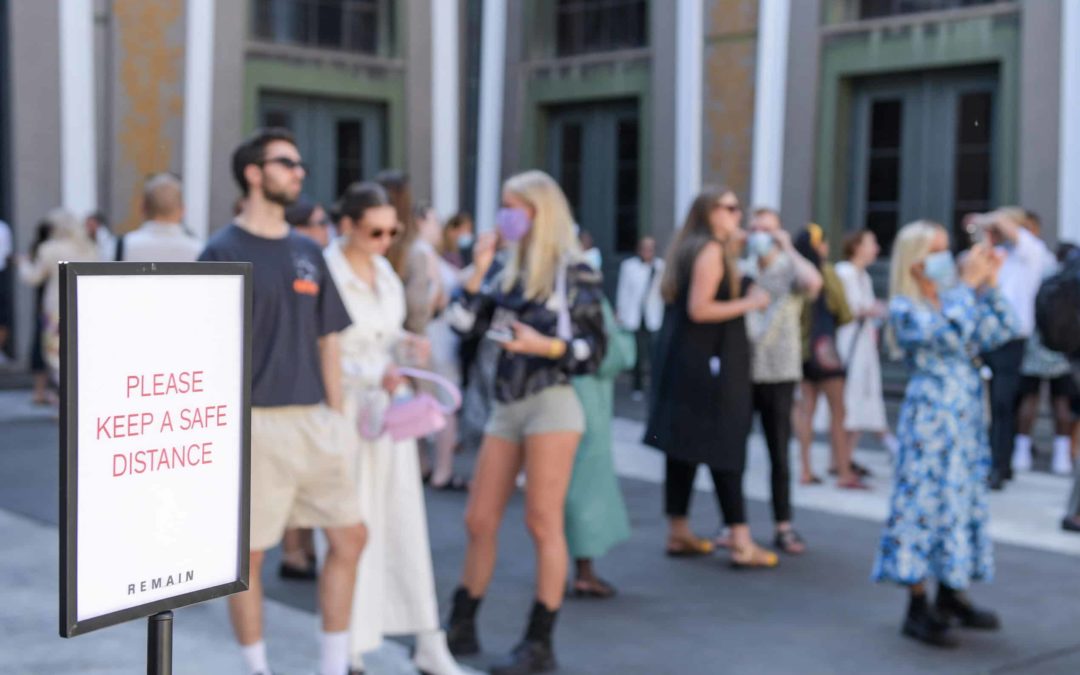
2020: The Birth of Digital Fashion Weeks
2020: The Birth of Digital Fashion Weeks
When the fashion industry looks back at 2020 in 5, 10, or 20 years, what will they think of? Will it be the overnight decrease in sales, the closing, and opening of stores, the despair amongst traditional media, or the endless new digital possibilities? Will we think of floral face masks (for spring? Groundbreaking!).
Or the accessibility of shows for audiences previously doomed to view them a second or third hand? Nonetheless, in 2020, the birth of digital/hybrid fashion events became the reality and is still a phenomenon in its infancy. In this short article, we tried to make sense of it and to answer the question: could it benefit our industry in the long run?
A transformation of the ages
Voir cette publication sur Instagram
VOCAST contact Leonnie Hanne and boyfriend Alex Galievsky outside the Balmain show during Paris Fashion Week
When it comes to modern marketing and branding techniques, one thing is for certain: They have gotten so pro they’re hard to spot. And the fashion industry has gladly adopted many of them. Think about the use of fragrance, light, and music in stores and during events — elaborate PR-packages and personalized perfectly timed ads. Naturally, this has made consumers accustomed to interacting with brands in a more sense-rich and personal manner than ever.
Even more so during fashion month when brands were telling their unique story for what’s next. This has by key players in the industry been named as the main challenge of transferring a physical fashion week into a digital experience.
Evening the playing-field
Due to the Corona-measures put in place, the fashion industry was in 2020 forced to accelerate their digital route to brand sharing. For most this has been a challenge of the ages. But aren’t there some very real benefits in delivering your vision using modern tools such as technology?
Well, of course. At VOCAST we have for long worked for and believed in the seamless expression of brands across physical and digital spheres – because it works (and it is indeed the future). And there are some obvious benefits in hosting a fashion-show partially or fully in a digital format – pandemic or not.
Firstly, the environmental footprint thousands of people leave behind when they are traveling between fashion week destinations is hard to make up with whatever sustainable measures a brand may have taken upon themselves. Greenwashing has become something of a buzzword this year exactly for these kinds of situations, where it has been identified that some use eco-consciousness more or less performatively in order to be trendy – despite having obvious sustainability conflicts.
This perspective is key when weighing out the benefits of more digital events. Second, the economical cost of creating a physical fashion-show is often associated with big budgets and sadly leaves a lot of young brands on the outside, unable to compete. With a digital approach, everyone is a newcomer in a sense, and digital empowerment needs to be generated —whether it’s your first or 25th fashion week. This, we believe, will even out the playing field within our industry and lead to more creative solutions and diversity in brands.
Testimonials from our network
View this post on Instagram
VOCAST partners, Copenhagen Fashion Week and London Fashion Week both successfully completed hybrid fashion weeks by hosting smaller physical events and using our platform to efficiently organize and distribute their creative universe to everyone not able to participate in-person.
As The Guardian stated, “This version of fashion week was fashion as Ted Talks, fashion as group therapy – and fashion as entertainment”. These Corona-friendly, programmed events are examples of how the digitalization of fashion weeks is helping to expand and evolve the term “fashion week”— into something more than catwalks and non-inclusive parties.
Impressive number of files downloaded In the days surrounding Copenhagen Fashion Week
Source: VOCAST image bank
We had the pleasure of speaking to Ditte Kristensen, Co-founder and Creative Director of Oslo Runway. They went almost 100% digital this year in light of the Coronavirus situation.
She shared some insights on how their fashion week was completed:
“We had some brands submit videos while others streamed in-depth interviews or had intimate physical activities. Everything was in season, something we have never done before, but that was a wish from the brands we were showcasing. It was definitely a challenge but we did see that the brands who made videos reached new target groups. Several also got international recognition from, among others, Vogue.com.”
“We witnessed the Norwegian industry really get into digital activation this season, but also that it will demand a even higher level next season. Meeting socially is so crucial to our industry and is an aspect not to be forgotten.”
Ditte Kristensen, Oslo Runway
Photo: Pernille Sandberg
Paris Fashion Week, perhaps the most established of the European fashion weeks alongside Milan, completed a hefty 88 scheduled events. Both weeks consisted of digital and physical happenings, making them both hybrids. Some of the more traditional brands from France such as Balmain, Chanel, Louis Vuitton, and Dior decided to host in-person shows whereas arguably more modern operated brands like Balenciaga, Maison Margiela, and Givenchy presented digital, SoMe-driven showings.
We are intrigued to keep watching our favorite brands and this industry which we love so dearly – into the age of digital fashion weeks. As we get ready to leave the year 2020 behind us, we realize, this is only the end of the beginning.
Balenciaga´s digital showing this season, in the form of a music video.
Last words
In an age when organizations have no choice but to urgently push digitalization forward, solutions that were built by thinking outside of the box are essential. Digitalization empowers fashion brands to embrace a new side to their creativity, merging art, and technology with consumer goods. One could call it a revolution that is likely to ensure the relevancy of fashion way into the future.
Vogue Business quoted how designers feel about digital solutions:
“It’s an essential tool for our brand to express our seasonal message on a global scale. Online streaming of a fashion show will reach tens of thousands on the day, and hundreds of thousands, if not more, throughout the season.”
This new hyper-digitalized mode of sharing fashion shows and collections screams 2020. Prompting inclusivity, pushing innovation, practicing sustainability, and of course, letting people stay safe at home. This is the new normal.
SIGN UP TO OUR NEWSLETTER
Get free knowledge on how to optimize your B2B marketing & new product releases.
RELATED POSTS
Entrepreneurs as influencers: why should you partner with them?
Meet MANTLE and the 3 reasons why the rising Swedish beauty brand chose VOCAST
MANTLE is a beauty and skincare brand founded by Stina Lönnkvist and Josefin Landgård. Together they went on a deep dive, exploring the world of CBD, and created simpler skincare routines without compromising with quality and efficiency. Naturally, the work that went...
Lockdown 2022 Update: Scandinavia, Europe and the US
Throughout the first months of the new year, countries around the globe have had different approaches to pandemic restrictions, reflecting the current situation in their respective markets. Insider knowledge from various markets about the ins and outs of the current...







